How did Ferrari lose the race in Baku?
Ferrari's cautious strategy vs McLaren's aggression in Baku: How Leclerc's gentle approach and Piastri's bold moves decided the Azerbaijan GP outcome
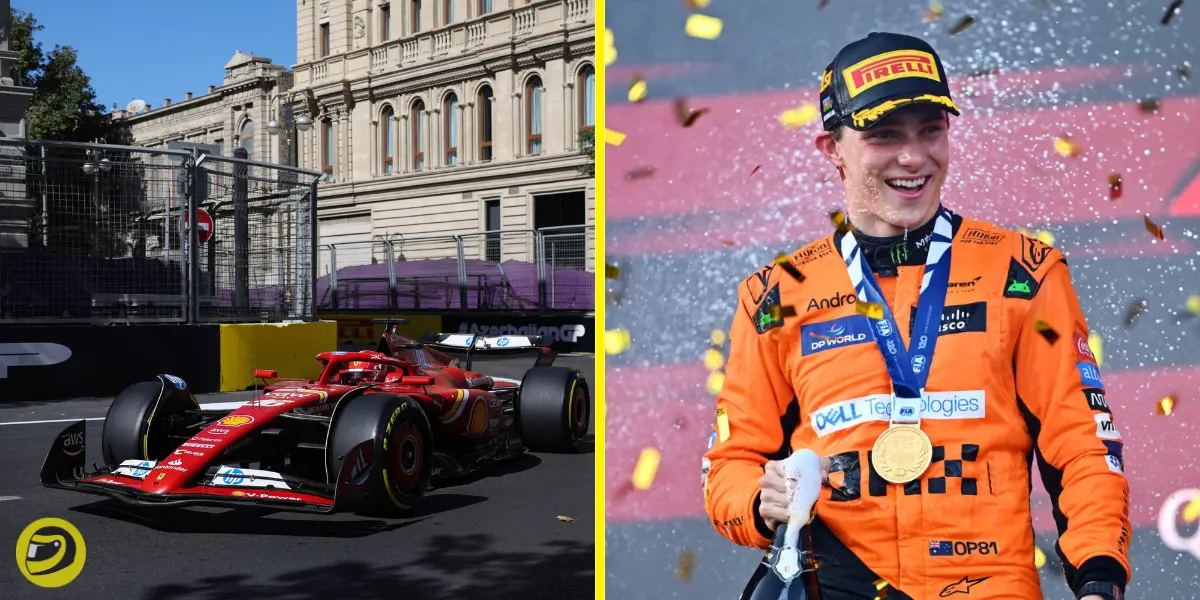
The Azerbaijan Grand Prix promised much for Ferrari, with Charles Leclerc securing his fourth consecutive Baku pole position.
However, what began as a potential triumph ended in a frustrating second-place finish.
An in-depth analysis reveals four critical areas where Ferrari's strategy faltered, ultimately handing victory to McLaren's Oscar Piastri in a race that showcased the razor-thin margins in Formula 1.
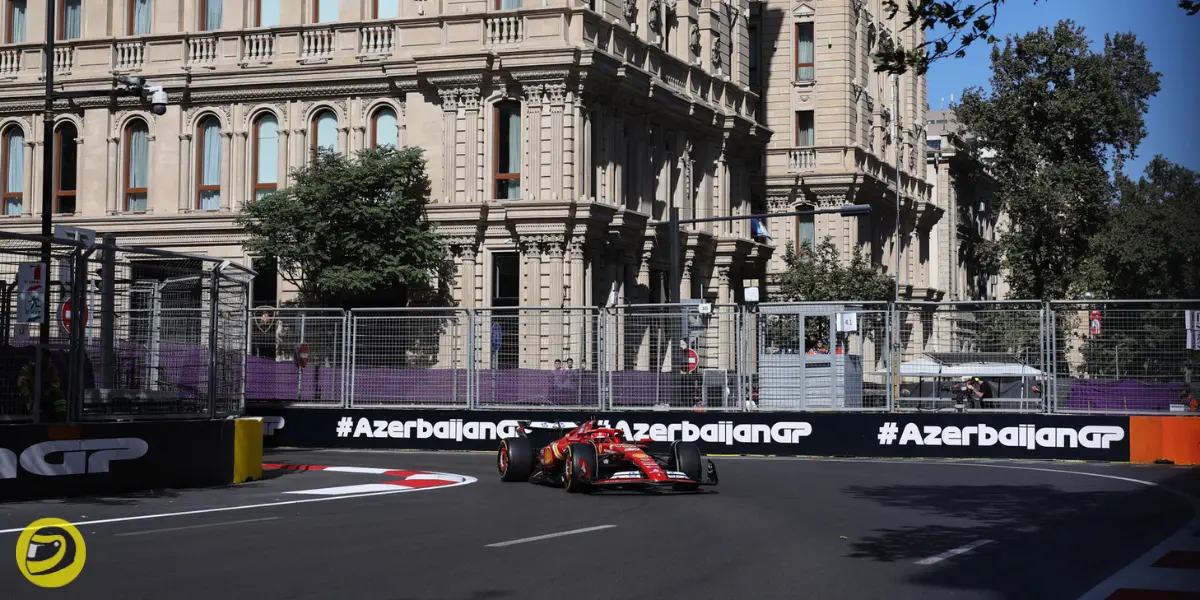
Mismanaged Gap to Piastri
Ferrari's first crucial mistake came during the pit stop phase.
Leclerc had built a comfortable six-second lead over Piastri in the first stint, showcasing the Ferrari's strong pace on medium tyres.
This performance initially suggested that Ferrari had the upper hand, with Leclerc looking set to convert his pole position into a race win.
However, this advantage evaporated during the pit stops, either due to pitting too late or executing a suboptimal in-lap or out-lap.
The exact reason for this loss of time remains unclear, but its impact was significant.
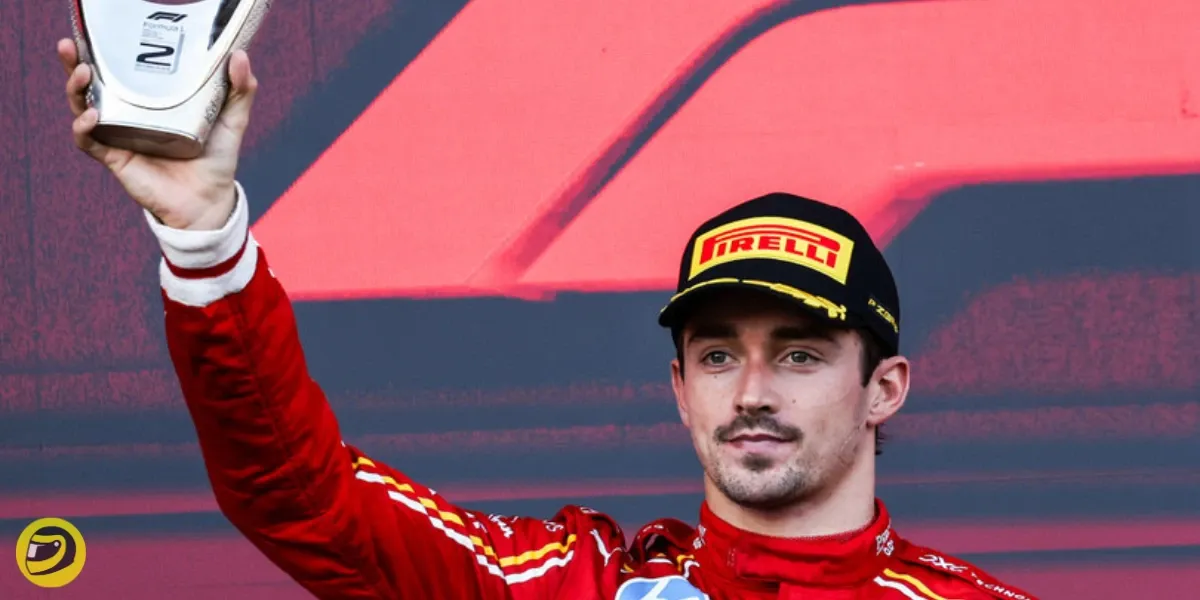
Within just three laps of Leclerc's pit stop, his lead had shrunk to a mere 1.3 seconds, putting him under immediate pressure from the McLaren driver.
This rapid erosion of the gap set the stage for the battle that would define the race and ultimately cost Ferrari the victory.
The team's inability to maintain their advantage during this critical phase of the race highlighted a weakness in their strategic execution.
Gentle Tyre Introduction Strategy
Both Leclerc and Team Principal Frederic Vasseur admitted post-race that their strategy was to introduce the hard tyres gently.
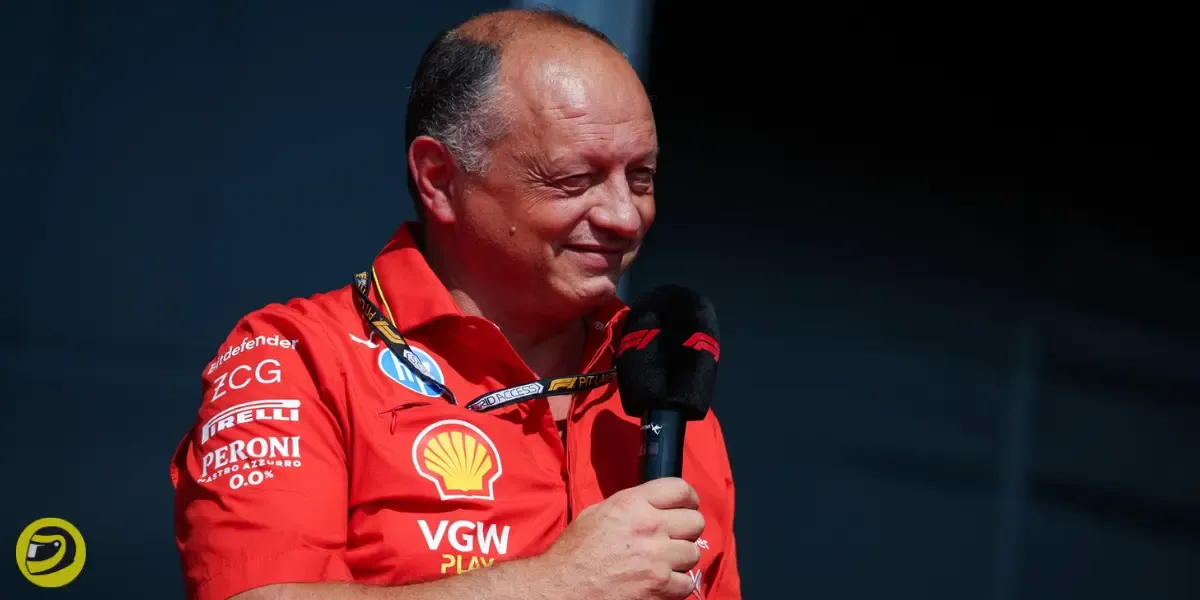
This cautious approach, rooted in Ferrari's known struggles with hard tyre management, proved costly in the face of McLaren's more aggressive strategy.
Vasseur reflected on this strategy, stating,
"We were probably a bit too conservative at the beginning of the second stint and having to drive in dirty air was difficult for Charles, who ended up damaging his Hard tires."
This admission highlights Ferrari's overly cautious approach, which ultimately backfired.
The contrast between Ferrari's caution and McLaren's aggression was stark.
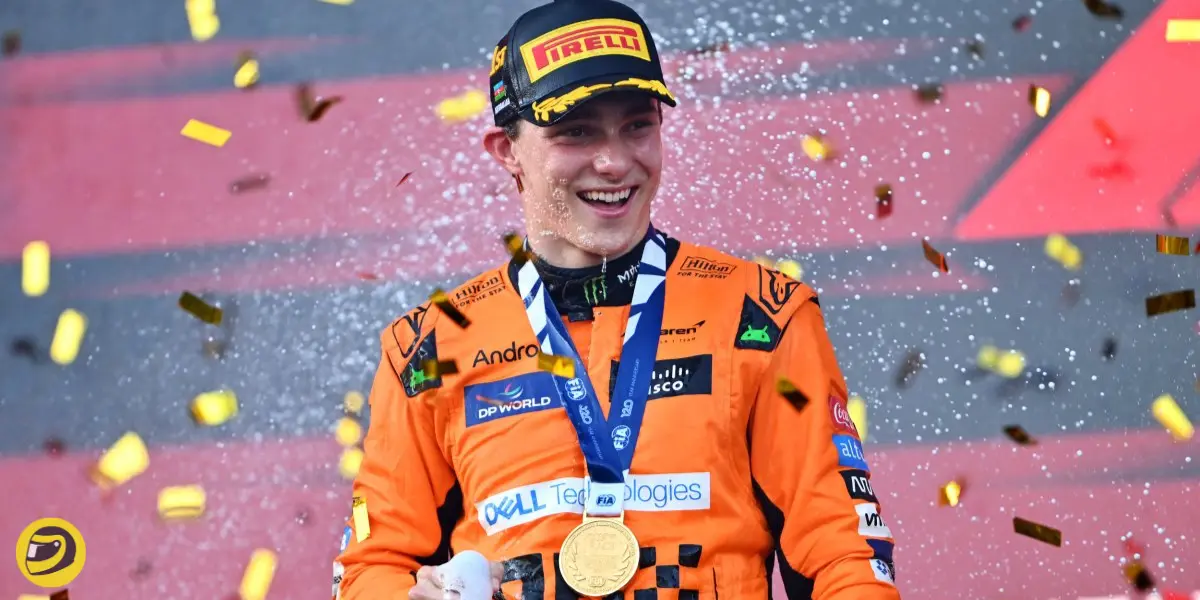
Piastri, despite being told by his engineer to be careful with his tyres, chose to disregard this advice and go for an overtake when he saw the opportunity.
Piastri explained his decisive move: "I saw half an opportunity after the pitstop and knew I had to try and take it. [The timing is] what won me the race.
I felt a bit sorry for my race engineer because I basically tried to do that in the first stint and completely cooked my tyres.
So, my engineer came on the radio and said, 'Let's not do that again', basically. I completely ignored him the next lap and sent it down the inside..."
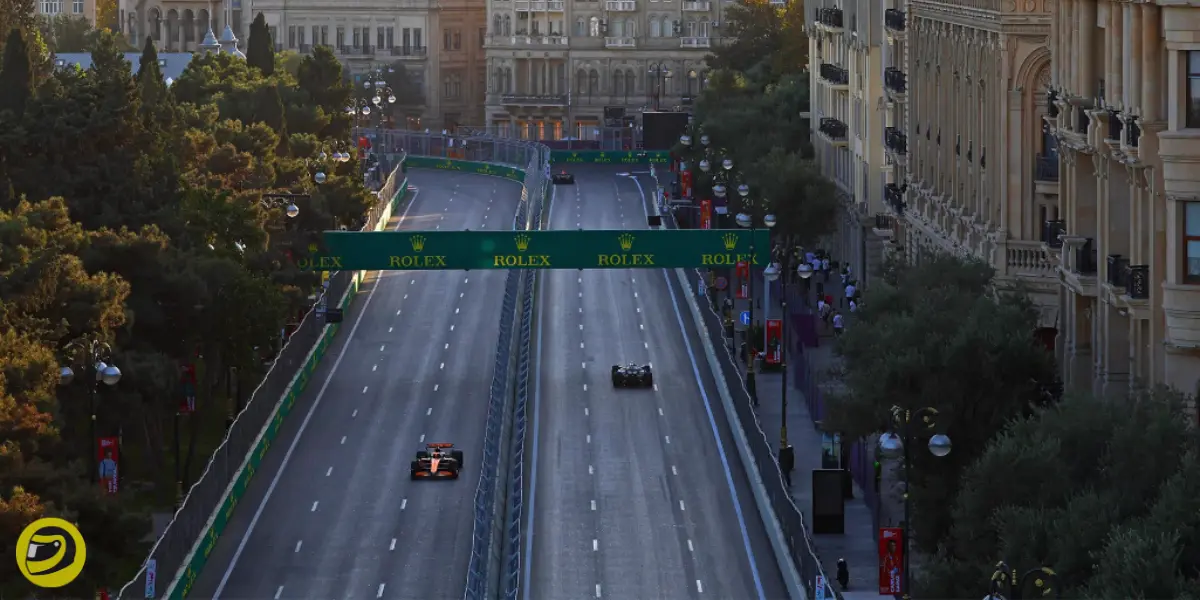
This bold decision proved to be the turning point of the race.
Piastri added, "It was a high-risk, high-commitment move but that's what I needed to do to try and win the race."
Misjudged Defensive Strategy
Leclerc's decision not to defend aggressively against Piastri's overtake was based on the assumption that he could regain the position using DRS later in the race.
This assumption proved incorrect and costly, highlighting a misjudgment in both strategy and the relative performance of the two cars.
Leclerc admitted after the race, "To be honest, we lost the race where I didn't quite defend as well as I should have at the end of the straight. But it is the way it is. Sometimes you do mistakes, and I'll learn from it."
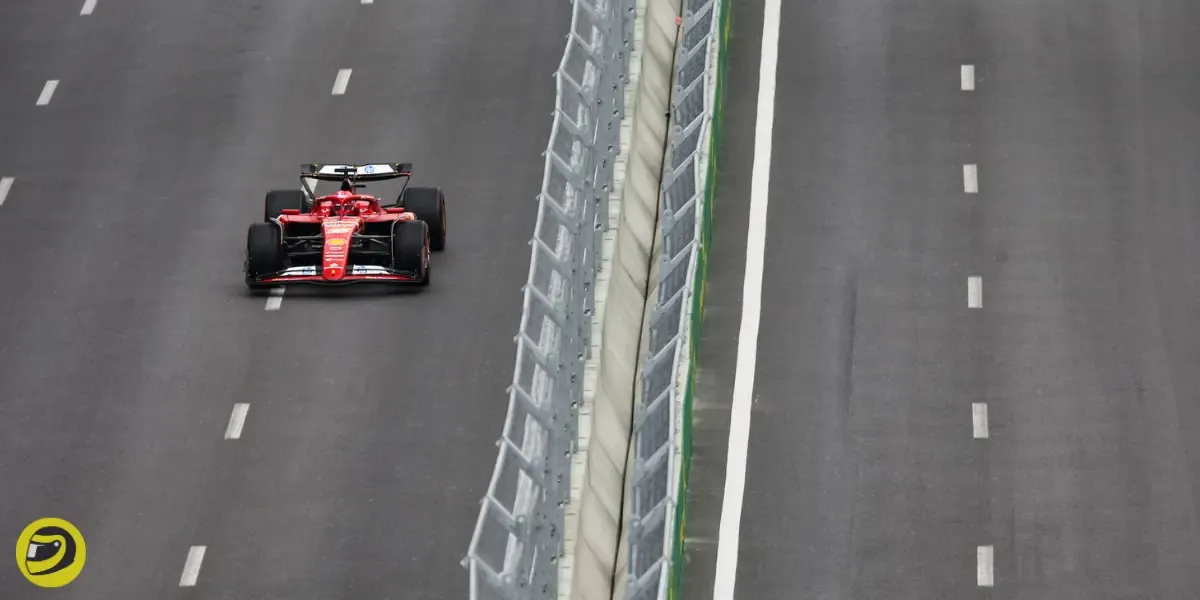
This statement reveals a crucial miscalculation on Leclerc's part regarding the Ferrari's ability to regain the lead.
He elaborated, "When Oscar overtook me, I was like: 'Okay, now it's just a matter of staying calm, trying to keep those tyres [alive] and overtake him again later on'. But actually, it was a lot more difficult than that and on the straights I couldn't get as close as I wanted."
Leclerc found himself stuck in Piastri's dirty air for more than half the race, which had a detrimental effect on his tyre life.
This scenario highlighted the importance of track position in F1, even in a circuit like Baku.
The straight-line speed of the McLaren came as a surprise to Ferrari.
Leclerc noted, "I think maybe McLaren had a little bit less downforce, so on the straights they were very quick. In the corners we were a bit quicker."
This unexpected performance difference further complicated Ferrari's attempts to regain the lead, as Leclerc struggled to get close enough to attempt an overtake on the straights.
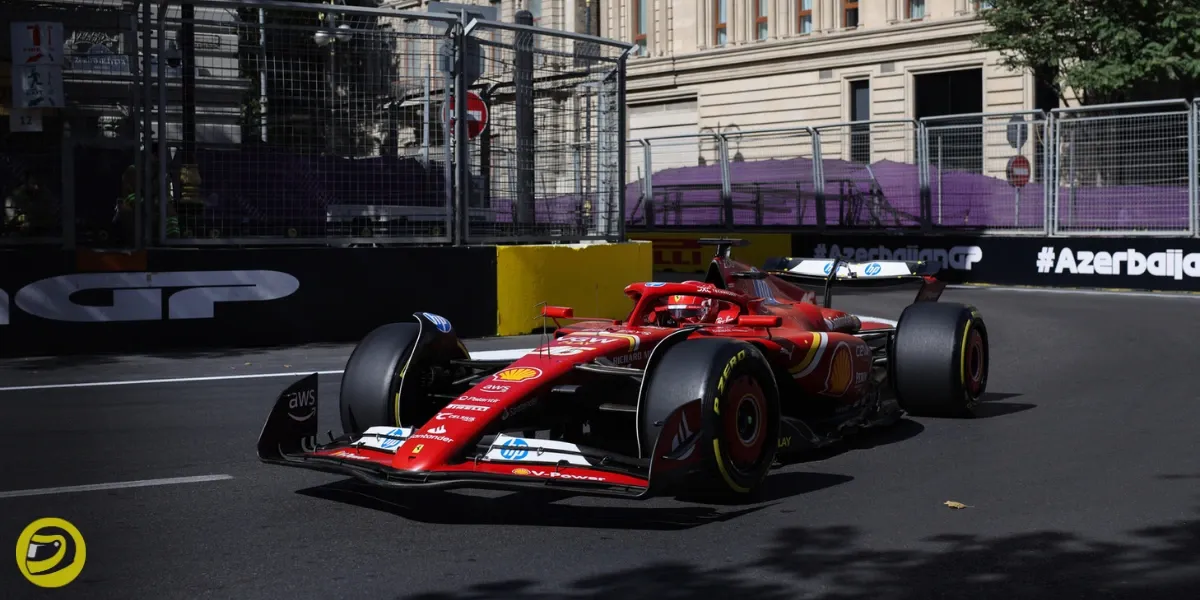
Accumulation of Small Errors
The Azerbaijan Grand Prix was a race of fine margins, requiring perfect execution from Ferrari to secure victory.
Instead, the team made a series of small mistakes that collectively cost them the win.
Each decision, while perhaps seeming inconsequential in isolation, combined to create a significant disadvantage.
Ferrari's struggles with bringing their hard tyres into the optimal temperature operating window, a known issue for the team, were exacerbated by limited practice time on Friday.
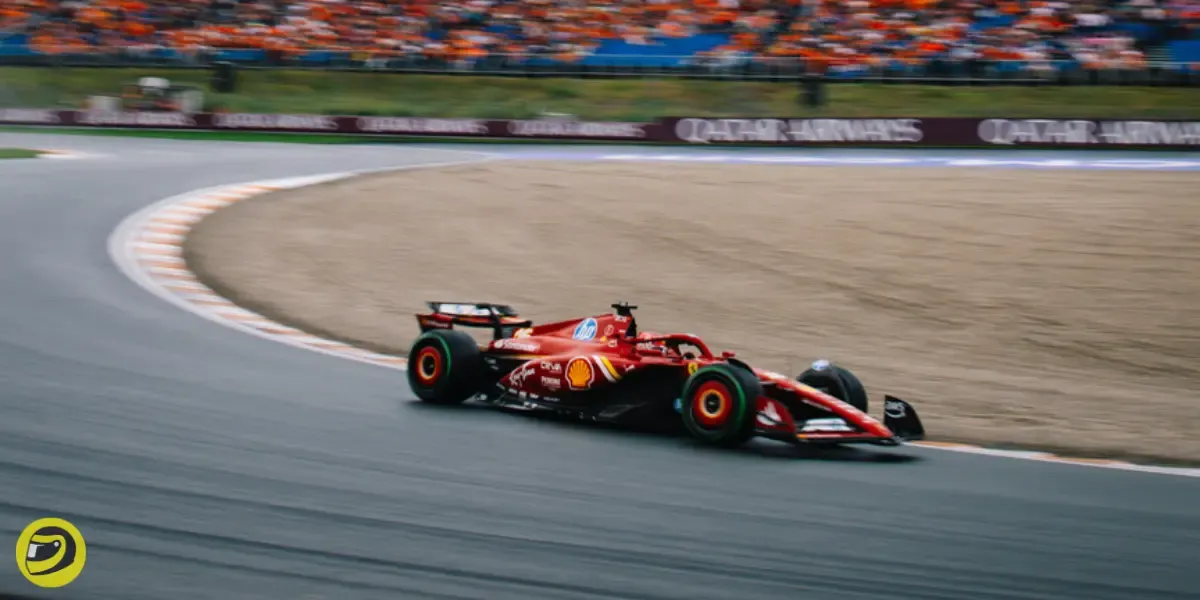
This lack of data may have contributed to their cautious approach with the hard tyres, which ultimately backfired.
The team's inability to quickly adapt to the tyre behavior during the race further compounded their issues.
Furthermore, Ferrari's decision-making seemed reactive rather than proactive throughout the race.
They failed to cover McLaren's pitstop on time and were unable to respond effectively when Piastri mounted his challenge.


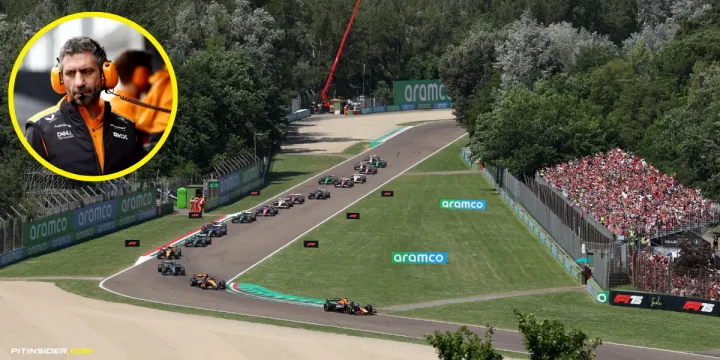
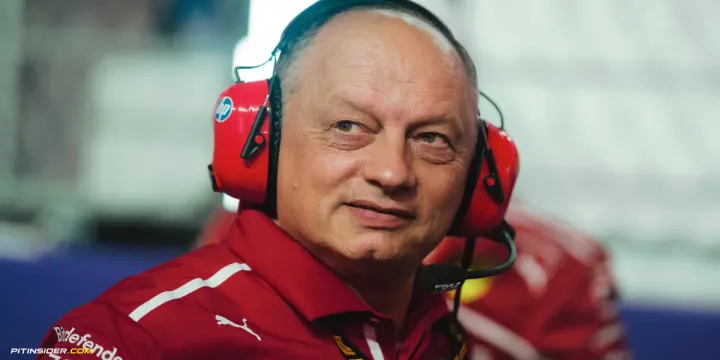
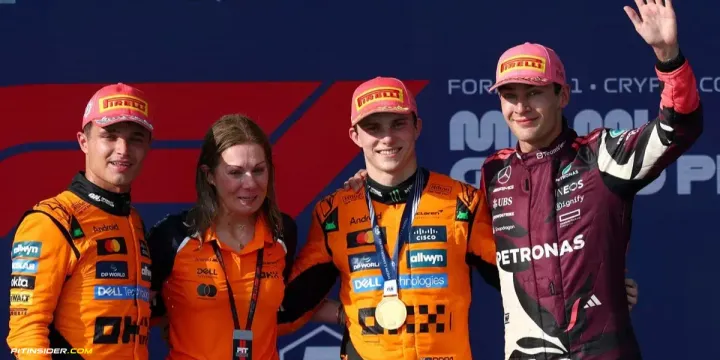
Comments ()